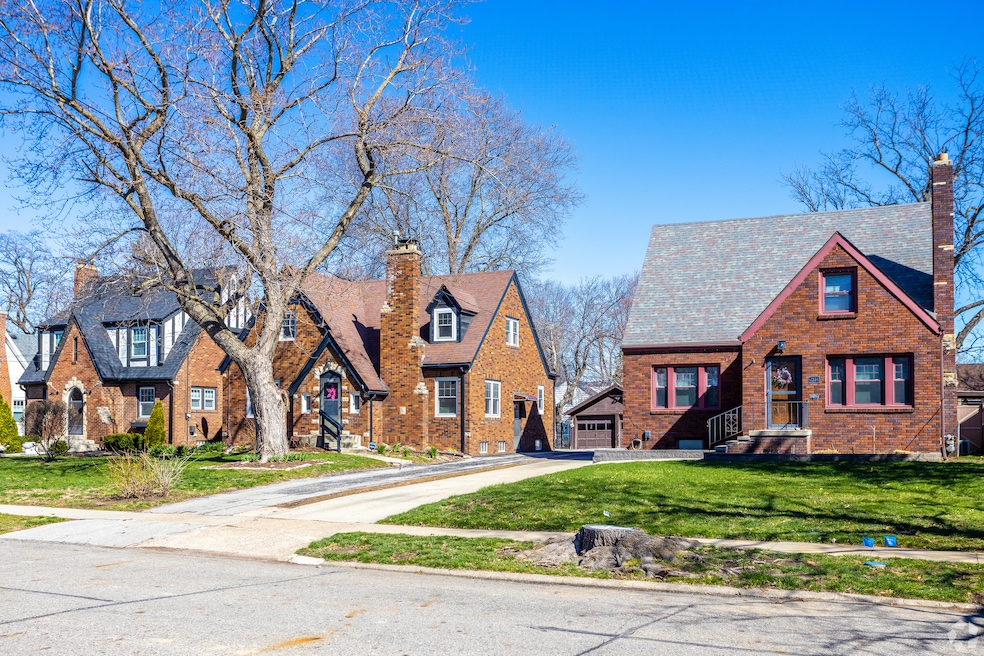The number of days that single-family homes and condos are sitting on the market before being sold reached its highest level since before the pandemic began five years ago as mortgage rates refuse to go down.
It took 41 days to sell a home in January, according to a monthly survey of listing agents by the National Association of Realtors. That’s a median figure, meaning half of all homes take longer to sell and half take less time. The number is up from 35 days in December, and 36 days in January last year.
“Demand is especially low” because of elevated mortgage rates, said Lawrence Yun, the NAR’s chief economist. “I think by spring the days on market will begin to shorten again.”
The weather is also a factor. It always takes longer to sell homes this time of year because buyers are less likely to venture out in the cold, Yun said last month. In addition, he noted that some homes that went on the market as far back as last summer are still for sale.
Only 26% of listing agents expect to see an increase in buyer traffic over the next three months compared to the same period in 2024. A year ago, 36% of agents were looking forward to more buyer activity.
From the Homes.com blog: How to sell your home fast in nine steps
The average for a 30-year, fixed-rate mortgage was 6.85% as of Feb. 20, according to mortgage company Freddie Mac. That’s an improvement over last month, when the average topped 7%.
With interest rates persistently high and amid an especially cold January, the number of existing single-family homes and condos that sold last month fell 4.9% to a seasonally adjusted annual rate of 4.08 million, according to the NAR.
Sales dropped from the previous month in each of the four major U.S. regions except in the Midwest, where they were unchanged. The most pronounced decline was in the West at 7.4%; sales fell 6.2% in the South and 5.7% in the Northeast.
While sales diminished, the number of homes on the market grew 3.5% to 1.18 million. The inventory of existing homes for sale is up 16.8% from one year ago.
“More housing supply allows strongly qualified buyers to enter the market,” Yun said. “But for many consumers, both increased inventory and lower mortgage rates are necessary for them to purchase a different home or become first-time homeowners.”
Mortgage giant Fannie Mae said in its latest monthly economic commentary that it revised its 2025 forecast for existing home sales slightly upward, given a recent uptick in applications to buy homes. The company expects sales to grow by a modest 2.9% over 2024’s total that the NAR said was 4.06 million on an annual basis.
“We expect a lack of affordability and the lock-in effect to further limit the pace of sales for the foreseeable future,” according to Fannie Mae’s commentary.
The lock-in effect refers to homeowners’ tendency to stay put rather than sell their house because they would be trading the low mortgage rate they bought at for a much higher one.

